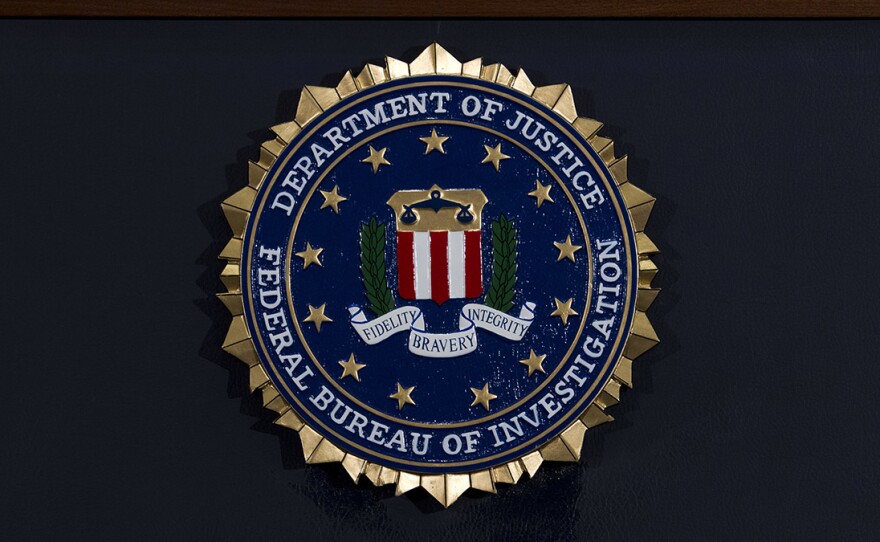Though no specific threats have been identified in the San Diego area, the FBI is monitoring the possibility of armed protests and resulting unrest leading up to inauguration day, a local representative of the federal agency said Tuesday.
"While our standard practice is to not comment on specific intelligence products, the FBI is supporting our state, local and federal law enforcement partners with maintaining public safety in the communities we serve," FBI spokeswoman Davene Butler told City News Service. "Our efforts are focused on identifying, investigating and disrupting individuals that are inciting violence and engaging in criminal activity."
The FBI sent a memo to authorities across the country, warning of the possibility of armed protests at all 50 state capitals starting this week and lasting through Inauguration Day on Jan. 20. The memo also stated that the agency had received information about an armed group intending to travel to Washington, D.C., on Saturday.
"The FBI respects the rights of individuals to peacefully exercise their First Amendment rights," Butler told City News Service. "Our focus is not on peaceful protesters, but on those threatening their safety and the safety of other citizens with violence and destruction of property."
Late this morning, the San Diego County Sheriff's Department reported that it had "no intelligence or information of any (local) threats."
"However, every threat received by the Sheriff's Department is taken seriously and evaluated to determine the validity," said Lt. Ricardo Lopez, spokesman for the regional law enforcement agency. "Cases determined to be valid are investigated and acted upon accordingly."
Lopez noted that sheriff's officials by policy "do not discuss law enforcement tactics."
RELATED: Live Updates: Report Says FBI Warned Of Plans For The Assault
"Our response in deploying personnel to demonstrations is based on several factors, including information and intelligence," he said. "We adjust our response to any threats or actions accordingly. Our experience has been that when there are opposing sides present at the same event, there is a potential for confrontations. Therefore, there might be a more visible presence. Just because personnel are not visible does not mean there is not an operational plan or deputies available to respond as needed."
Sheriff's personnel "routinely make contact with (protest) organizers ahead of time and educate on legal guidelines for demonstrations and ... answer questions," Lopez said.
On Wednesday, Ashli Babbit, a 35-year-old Air Force veteran who lived in Ocean Beach, was fatally shot by a Capitol police officer as she was climbing through a broken glass door while rioters poured into the U.S. Capitol Building.
That same day, a group of pro-Trump demonstrators gathered outside the County Administration Center in San Diego to protest the presidential election results. The gathering, which grew to include about 300 people, proceeded peacefully before dispersing in the evening, according to the San Diego County Sheriff's Department.
On Saturday afternoon, three people were arrested during a clash between supporters and critics of President Donald Trump near Crystal Pier in Pacific Beach, according to San Diego police. Two adults were expected to be charged with failure to disperse, while a juvenile was accused of assaulting a peace officer.
During the dueling protests, five officers were assaulted, suffering minor injuries, and a window on a business was smashed by an unidentified vandal, police said.






